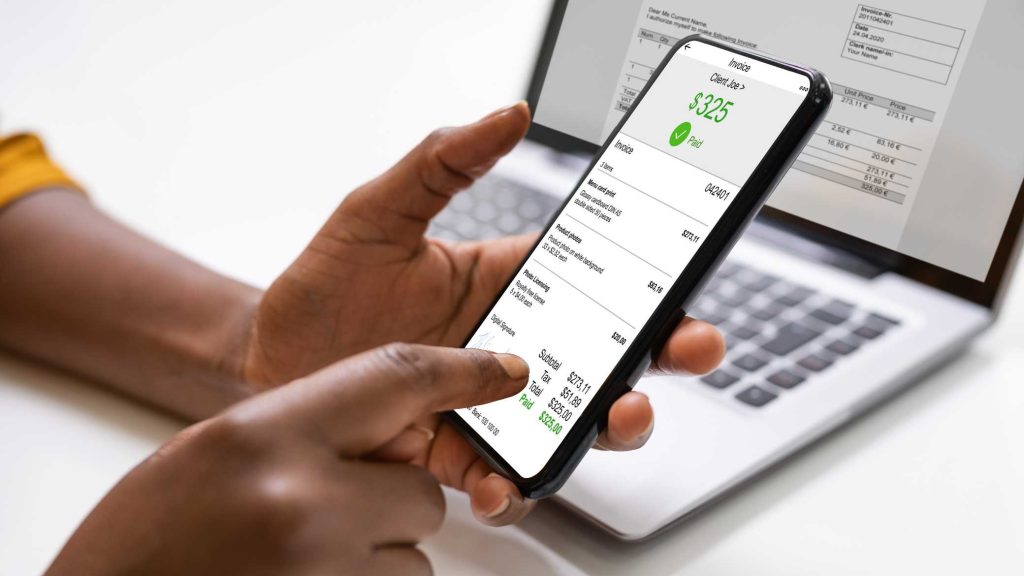How to Change the EMI Date of a Personal Loan? – Comprehensive Guide 2025
How to Change the EMI Date : Changing the EMI date of a personal loan is a common need for many borrowers in India. A mismatch between salary credit dates and EMI deductions can often create cash flow issues. If your EMI date falls before your monthly income is credited, it may result in penalties, late payment charges, or unnecessary stress. Lenders in India generally allow borrowers to modify their EMI dates, provided certain conditions are met. This detailed guide will cover everything you need to know about changing your EMI date, including the process, eligibility, charges, rules from major banks, and tips to ensure a smooth transition.
Table of Contents
Understanding EMI and Its Importance in Personal Loan Repayment

An EMI (Equated Monthly Instalment) is a fixed monthly payment that includes both the principal and interest portions of your personal loan repayment. It is auto-debited from your bank account on a pre-decided date each month. The EMI date is crucial because it determines when the repayment amount will be deducted. Having the right EMI date aligned with your salary credit date helps maintain healthy cash flow and avoid bounced payments. For instance, if your salary is credited on the 5th of every month but your EMI is deducted on the 1st, you may face insufficient fund issues.
Why Borrowers Change EMI Dates
There are several reasons why borrowers in India request a change in their EMI date:
- Salary Credit Mismatch – When your EMI deduction date comes before your salary credit date, leading to insufficient balance issues.
- Cash Flow Management – To align EMIs with other financial obligations and avoid overlapping with high-expense periods.
- Multiple Loans – Borrowers with more than one loan may want to spread out EMI payments across the month.
- Financial Planning – To better manage monthly budgets and ensure smooth repayments without penalty charges.
- Job Change or Business Income Changes – New income cycles might require an EMI date adjustment.
Also Read : Pre-EMI vs Full-EMI : Which EMI Option is Better in 2025? – A Comprehensive Guide
Can You Change Your EMI Date?
Yes, most banks and NBFCs in India allow EMI date changes for personal loans, but the rules vary from lender to lender. Some allow date changes only once during the loan tenure, while others permit multiple changes with certain conditions. The process typically involves submitting a written request or an online application, along with updated ECS (Electronic Clearing Service) or NACH (National Automated Clearing House) mandates.
Step-by-Step Process to Change EMI Date for a Personal Loan

1. Check Your Lender’s Policy
Different lenders have different rules. Some allow EMI date changes only within a certain window after loan disbursement, while others allow it anytime. Contact your bank’s customer service or check your loan agreement for details.
2. Submit a Request
Once you confirm eligibility, submit a formal EMI date change request. This can usually be done:
- Through the lender’s online banking portal or mobile app
- By visiting the branch in person
- Through email or customer care support
3. Provide Required Documents
You may need to submit:
- A signed EMI date change request form
- Updated ECS/NACH mandate form with the new date
- A cancelled cheque from your bank account
- Proof of income cycle (salary slip or bank statement showing salary credit date)
4. Pay Applicable Charges
Many lenders charge a nominal processing fee for changing the EMI date. This fee can range from ₹200 to ₹500 or more, depending on the bank’s policy.
5. Update Your Auto-Debit Mandate
The bank will send you a new ECS/NACH form to authorize deductions on the new date. Ensure this is properly signed and processed to avoid payment failures.
6. Confirmation
Once approved, the lender will send you a confirmation of the new EMI date. It might take one or two EMI cycles for the change to reflect, depending on the bank’s processing time.
Buy Now : Beginner to Advanced Option Trading Strategy
Important Points to Remember
- Some lenders allow EMI date changes only once during the loan tenure.
- Requests made close to the EMI deduction date might not be processed in time for the upcoming month.
- Ensure sufficient balance on both the old and new EMI dates during the transition month to avoid penalties.
- If you have opted for auto-debit from a different bank, ensure that your mandate with that bank is also updated.
EMI Date Change Policies of Popular Lenders in India (General Trends)

While specific policies change from time to time, here’s what most major banks follow:
- HDFC Bank – Allows EMI date changes after the first EMI is paid; processing fee applies.
- ICICI Bank – EMI date can be changed once in the loan tenure; requires new ECS mandate.
- Axis Bank – Allows changes with charges; usually implemented in the next EMI cycle.
- SBI – Permits EMI date modification with branch visit; minimal fees.
- NBFCs like Bajaj Finserv, Tata Capital, etc. – Generally flexible but charge higher processing fees for changes.
Pros of Changing EMI Date
- Better Cash Flow – Aligning EMI with salary credit avoids bounced payments.
- Reduced Penalties – Less risk of late payment charges and negative credit score impact.
- Improved Budgeting – Easier to plan monthly expenses around income.
Cons of Changing EMI Date
- Processing Fees – Extra cost for making the change.
- Processing Delays – Change might take one or two cycles to reflect.
- Limited Changes – Many lenders allow date changes only once, so future adjustments may not be possible.
Tips for Smooth EMI Date Change

- Plan Early – Request changes at least two weeks before your desired date.
- Maintain Sufficient Balance – Ensure funds are available on both dates during the transition period.
- Keep Proofs – Save all communication, receipts, and confirmations for reference.
- Avoid Multiple Changes – Select a date that will remain suitable for the long term.
Common Myths About How to Change the EMI Date
- Myth 1: EMI Date Cannot Be Changed – In reality, most lenders allow it, subject to conditions.
- Myth 2: It Will Affect Loan Interest Rate – Changing the EMI date does not impact your loan’s interest rate or tenure.
- Myth 3: It’s a Complicated Process – The process is straightforward if you follow your lender’s instructions.
Conclusion
Changing your EMI date is a practical option to align loan repayments with your income cycle and avoid unnecessary penalties. While the process varies between lenders, it generally involves a formal request, updated ECS mandate, and a small processing fee. Plan ahead, choose a date that works long-term, and ensure your auto-debit instructions are updated to prevent repayment issues.
Buy Now : Beginner to Advanced Option Trading Strategy
Disclaimer: This article is for informational purposes only and does not constitute financial advice. Loan policies and charges vary by lender; please consult your bank or NBFC for the latest guidelines before making any changes.
Keywords : How to Change the EMI Date – How to Change the EMI Date now



